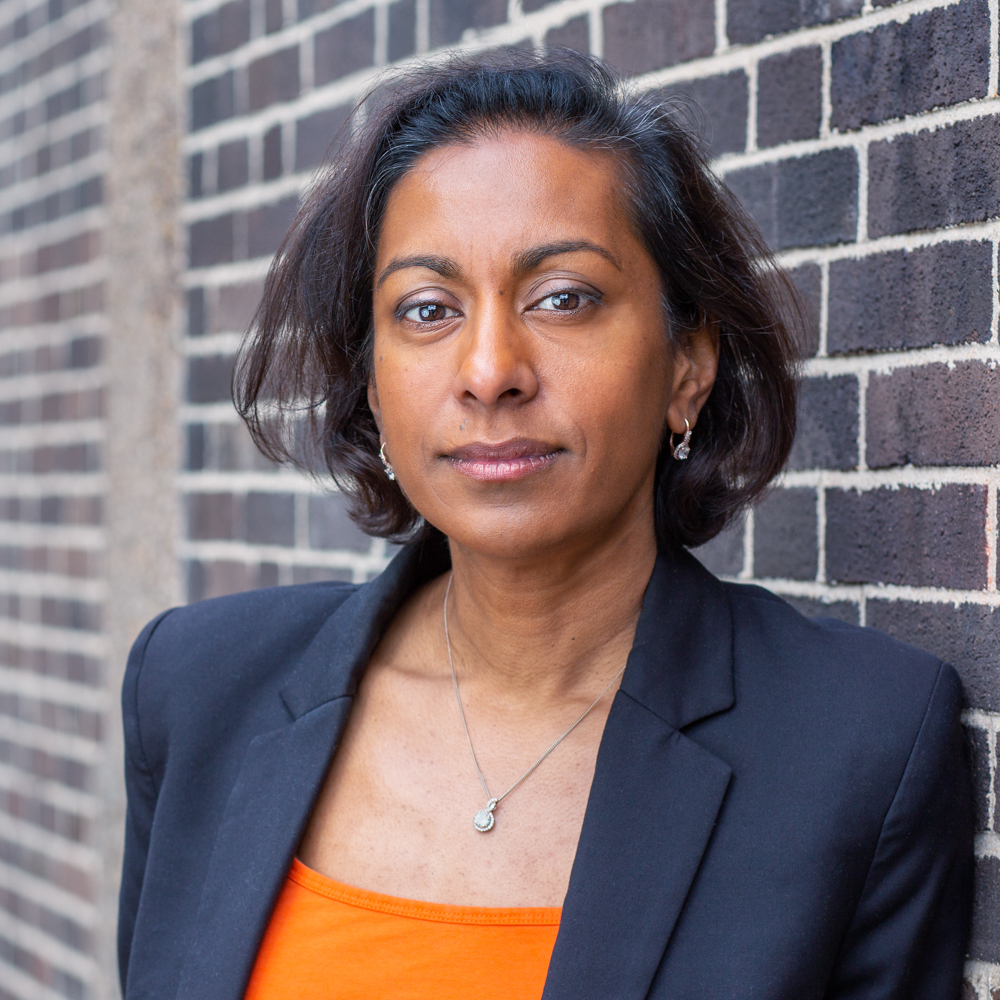Why inclusion in the Built Environment is more important than ever
Posted: 2nd October 2025

Marsha Ramroop
Founder
Unheard Voice
Stepping up to receive a Business Book Award for ‘Building Inclusion’ resulted in more of a dance than a sedate glide to the stage, as I embodied the relief and validation I had been waiting for; that what I’m trying to support the sector with, is not only worthwhile, but officially verified as such.
The judges’ citation stated that, “Building Inclusion focuses on the built environment, where design, people, and culture intersect. It’s clear, practical, and deeply informed, offering tools for leaders and changemakers to embed inclusion into spaces where people live and work. Thoughtful, relevant, and accessible, it’s a valuable book for professionals across the sector”.
I wouldn’t say that the sector has been doing inclusion ‘wrong’ to date, but that some efforts have been misplaced and too much of the work has the onus on the under-represented to fix the issues of discrimination.
If I told you there was a business strategy, that would help you with your talent pipeline, that would keep great people with you, would lead to you creating great innovative products and services, better projects, and that would help you engage successfully with communities and clients… the only thing you’re required to do, is to be prepared to think differently… I’m sure you’d be interested.
If I shared with you that this business strategy is deliberately sought out to be undermined, because it is so useful at redistributing wealth and opportunity, that the wealthy and powerful use a variety of means to undermine it - would you still want to try it out, if it meant that you could do better for yourself and your community?
That’s all proper EDI is. It is an effective equitable business strategy.
In some ways, I’m grateful to Donald Trump, Nigel Farage and multi-billionaires Elon Musk, Mark Zuckerberg and Jeff Bezos, for exposing the issues in the way that they have, so that we can plainly see who are the ‘haves’, and ‘have-nots’ in our societies, and what kinds of conversations are being shut down and by whom, using distraction towards immigrants and those who have least in our communities.
EDI is not celebrating event days and creating targets for women in the workforce. If you believe this is what it is, I invite you to consider an alternative perspective – one that does everything I say it can.
Let’s go back to some definitions:
- Diversity is simply the fact of visible and invisible difference. Everyone is part of ‘diversity’. Diverse is not something an individual is, but something a group might be. Aspects of diversity include, but are not limited to, age, race, gender, marital status, physical ability, neurodivergence etc. It also encompasses concepts like geographical location, access to technology, experience of abuse, body shape etc. When people talk about diversity, they're usually trying to do something about addressing underrepresentation of certain demographic ‘protected characteristics’ as usually defined by the Equality Act of 2010 (UK).
- Underrepresentation is when the demographics of your organisation/process doesn’t reflect its societal context. This could be any group.
- Inclusion is the act of creating an environment where people feel that their identities, values, lifestyles are acknowledged, understood, and respected. Understanding doesn't have to mean agreement with someone else's choices, but inclusion is more than mere tolerance, it's conscious work to recognise that perspectives and decisions are for individuals to have, not for any of us to judge.
- Equity is equality of access to life/society/opportunities based on individual need and making up for historic imbalance. Equality is about everyone getting the same, which is fine if we're all at the same start point, but we know that is not the case. This is the outcome when a diverse group enjoys inclusive environments.
- Cultural Intelligence is the capability to function and relate effectively across difference. It is described using a behavioural framework which allows you to navigate the bias activated when faced with difference (Diversity), so you can behave with acceptance and understanding (Inclusion), to create outcomes which are accessible to all (Equity). CQ stands for cultural intelligence quotient, because it is a measure, as well as an improvable skill.
I like to summarise this as, Diversity is a fact; Inclusion is an act; Equity is the impact, when CQ is unpacked.
In order to achieve the best business outcomes, we need to start with behaviours of leadership creating a great culture. You would have heard the hackneyed phrase ‘Culture eats Strategy for Breakfast’, and just because it’s a cliché doesn’t make it less true. It doesn’t matter how great your strategy is, you need the right culture to deliver it.
The funny thing is, you need a strategy to embed better culture and behaviours to do that – and that strategy is called EDI.
Pick up your copy of the, now, award-winning ‘Building Inclusion’ which is also available as an audiobook and an ebook, on all the usual platforms, to get your headstart on how to do this.

Marsha Ramroop
Founder
Unheard Voice
Share this story:
Contact us:
Telephone: 020 7399 7400
Email: enquiries@cic.org.uk
Read more:
- The Transforming Skills Landscape: A Deep Dive into the UK's Post-16 Skills White Paper
- In Search of Specialists and Integrationists
- Joining the dots: A single EDI portal for the sector
- What 2050 Looks Like for Built Environment Graduates?
- Government has moved things on for the built environment, now it needs to move things *up*
